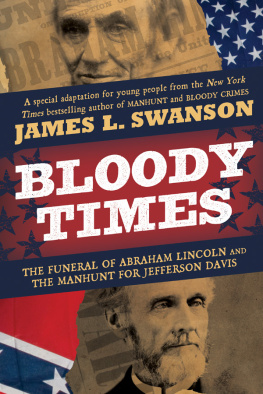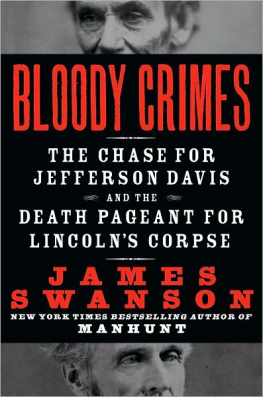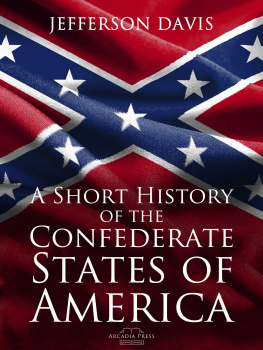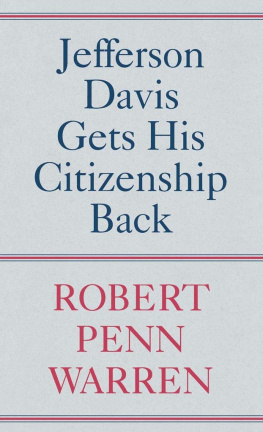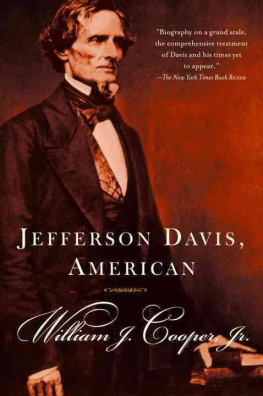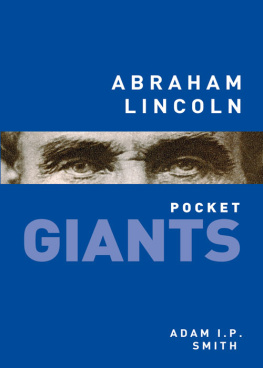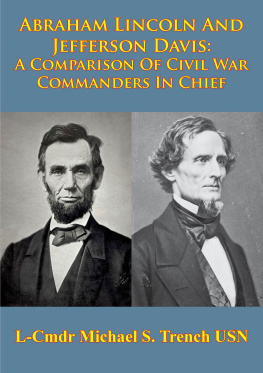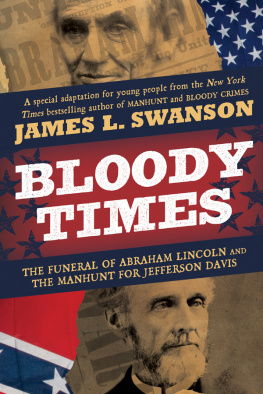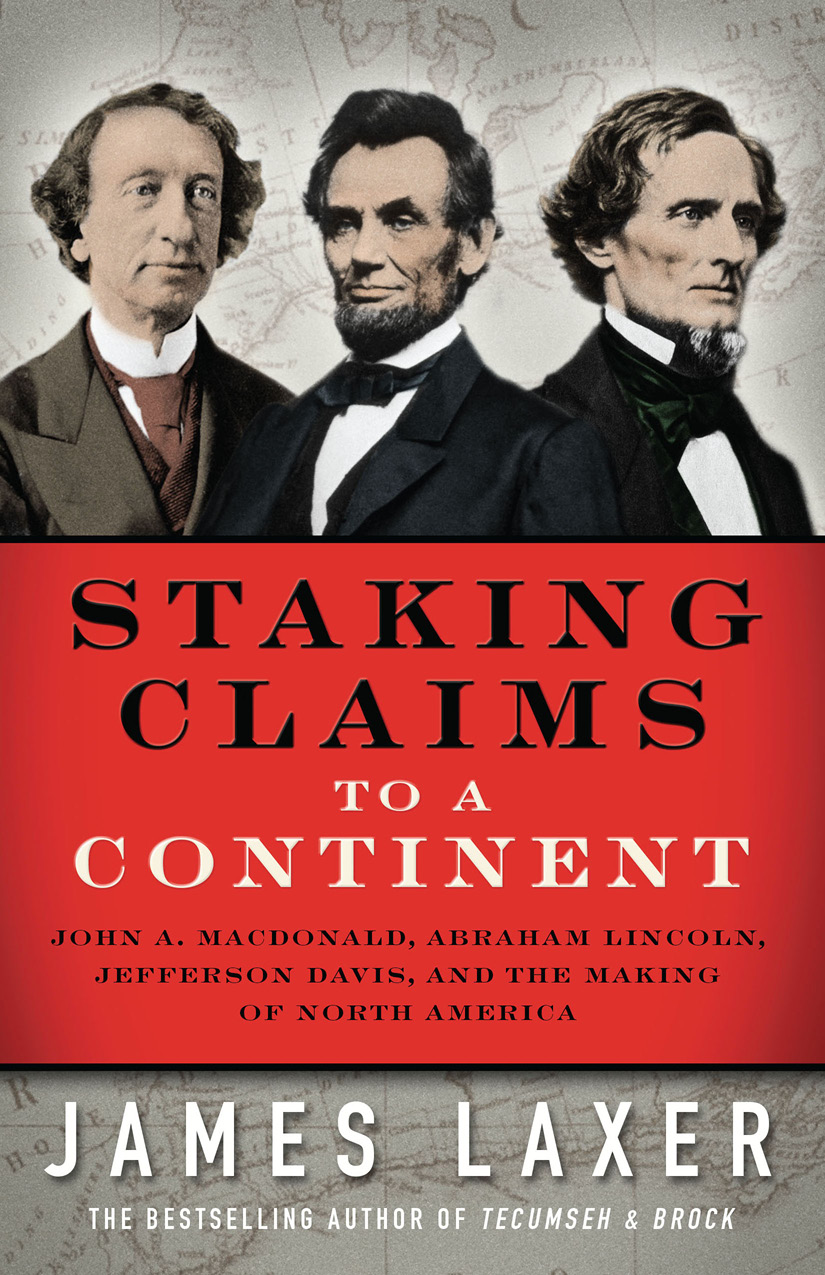Selected Works by James Laxer
Tecumseh & Brock: The War of 1812
Beyond the Bubble: Imagining a New Canadian Economy
The Perils of Empire
Mission of Folly: Canada and Afghanistan
The Acadians: In Search of a Homeland
Red Diaper Baby: A Boyhood in the Age of McCarthyism
The Border: Canada, U.S. and Dispatches from the 49th Parallel
Stalking the Elephant: My Discovery of America (U.S. Edition: Discovering America: Travels in the Land of Guns, God, and Corporate Gurus)
The Undeclared War: Class Conflict in the Age of Cyber Capitalism
In Search of a New Left: Canadian Politics after the Neo conservative Assault
False God: How the Globalization Myth Has Impoverished Canada
Inventing Europe: The Rise of a New World Power
Selected Works for Young People
Empire: A Groundwood Guide
Oil: A Groundwood Guide
Democracy: A Groundwood Guide
Tecumseh
Staking Claims to a Continent
John A. Macdonald, Abraham Lincoln, Jefferson Davis, and the Making of North America
James Laxer
Copyright 2016 James Laxer
All rights reserved. No part of this publication may be reproduced or transmitted in any form or by any means, electronic or mechanical, including photocopying, recording, or any information storage and retrieval system, without permission in writing from the publisher.
Distribution of this electronic edition via the Internet or any other means without the permission of the publisher is illegal. Please do not participate in electronic piracy of copyrighted material; purchase only authorized electronic editions. We appreciate your support of the authors rights.
Published in Canada and the USA in 2016 by House of Anansi Press Inc.
www.houseofanansi.com
Library and Archives Canada Cataloguing in Publication
Laxer, James, 1941, author
Staking claims to a continent : John A. Macdonald, Abraham Lincoln,
Jefferson Davis, and the making of North America / James Laxer.
Includes bibliographical references and index.
Issued in print and electronic formats.
ISBN 978-1-77089-430-3 (bound).ISBN 978-1-77089-431-0 (epub)
1. Davis, Jefferson, 18081889. 2. Lincoln, Abraham, 18091865.
3. Macdonald, John A. (John Alexander), 18151891. 4. United States
History18491877. 5. CanadaHistory18411867. 6. Canada
History18671914. I. Title.
E415.7.L39 2016 973.7 C2015-906877-0
C2015-906878-9
Library of Congress Control Number: 2015953899
Book design: Alysia Shewchuk

We acknowledge for their financial support of our publishing program the Canada Council for the Arts, the Ontario Arts Council, and the Government of Canada through the Canada Book Fund.
To Sandy, Michael, Kate, Emily, Jonathan
Contents
Authors Note
In this book, I have chosen to use the words natives and native peoples when discussing indigenous peoples in both the United States and Canada. The terms First Nations and aboriginal peoples, while commonly used in Canada, are not regularly used in the United States. The usual reference today in the United States is either to Native Americans or to specific groups, such as Shawnees. The word Indian is used when it appears in quotes from the writings of the period.
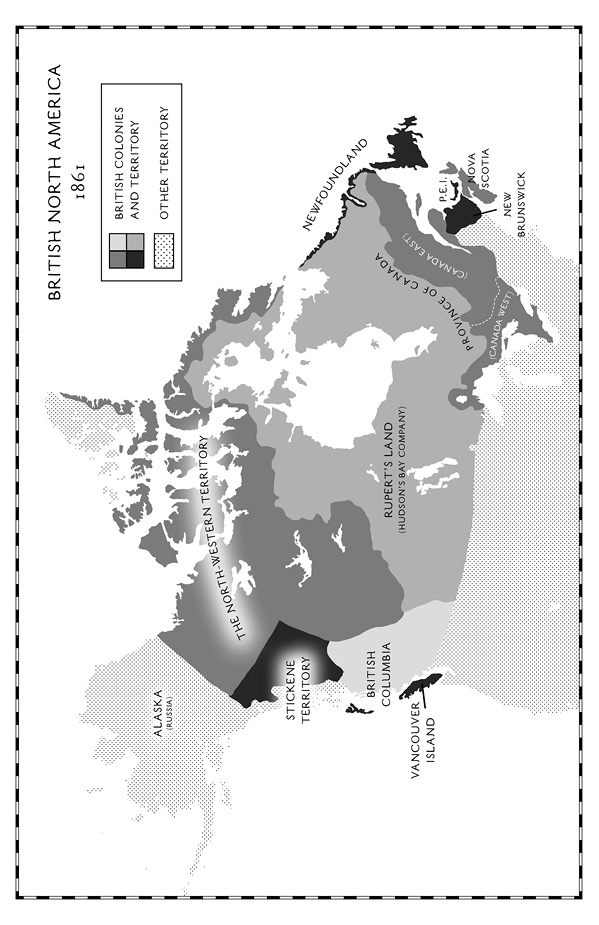
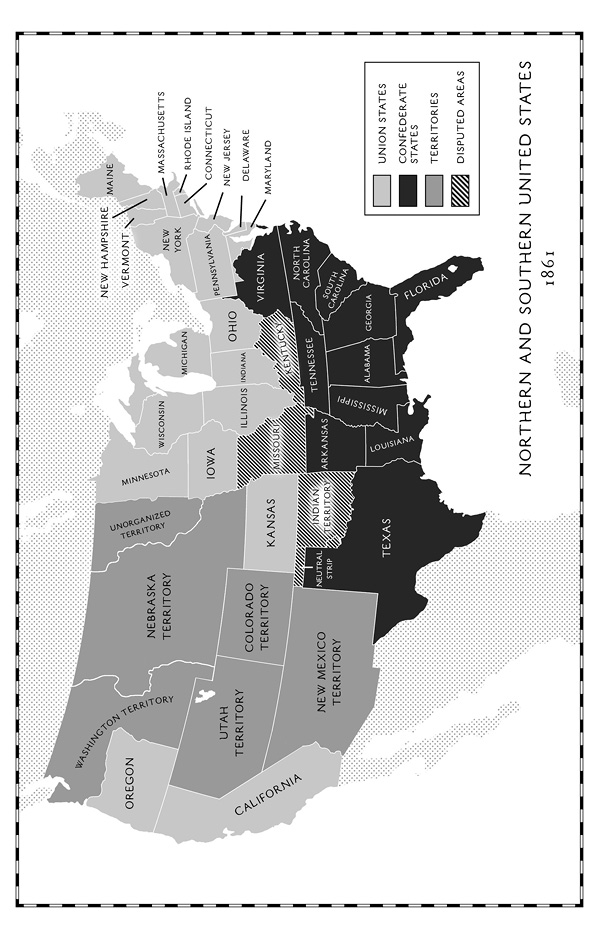
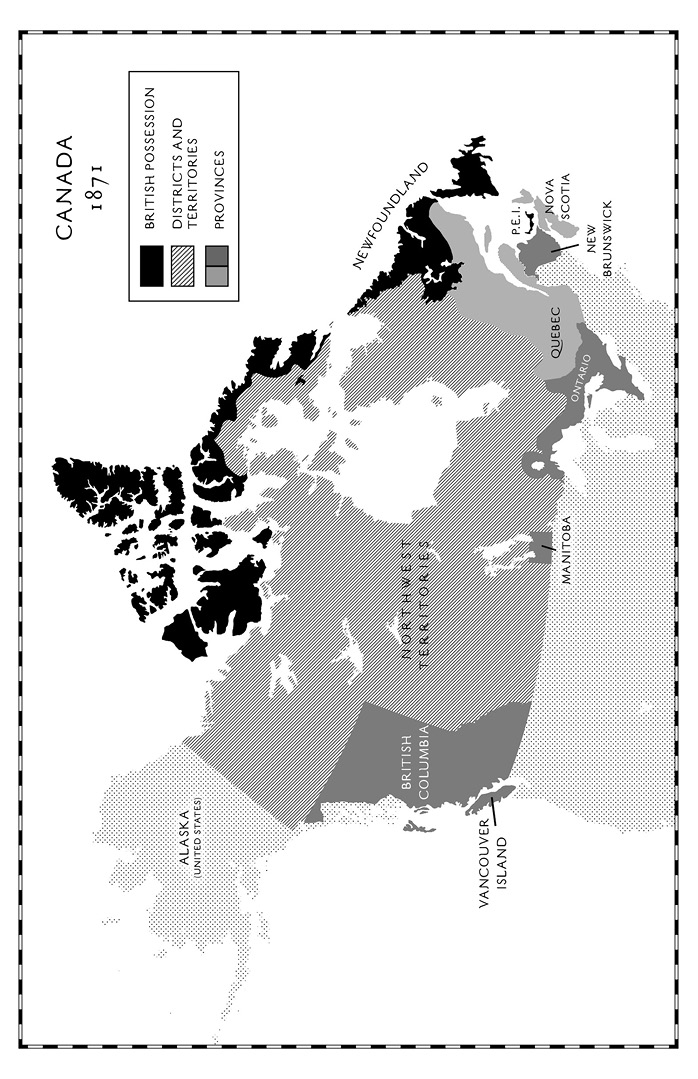
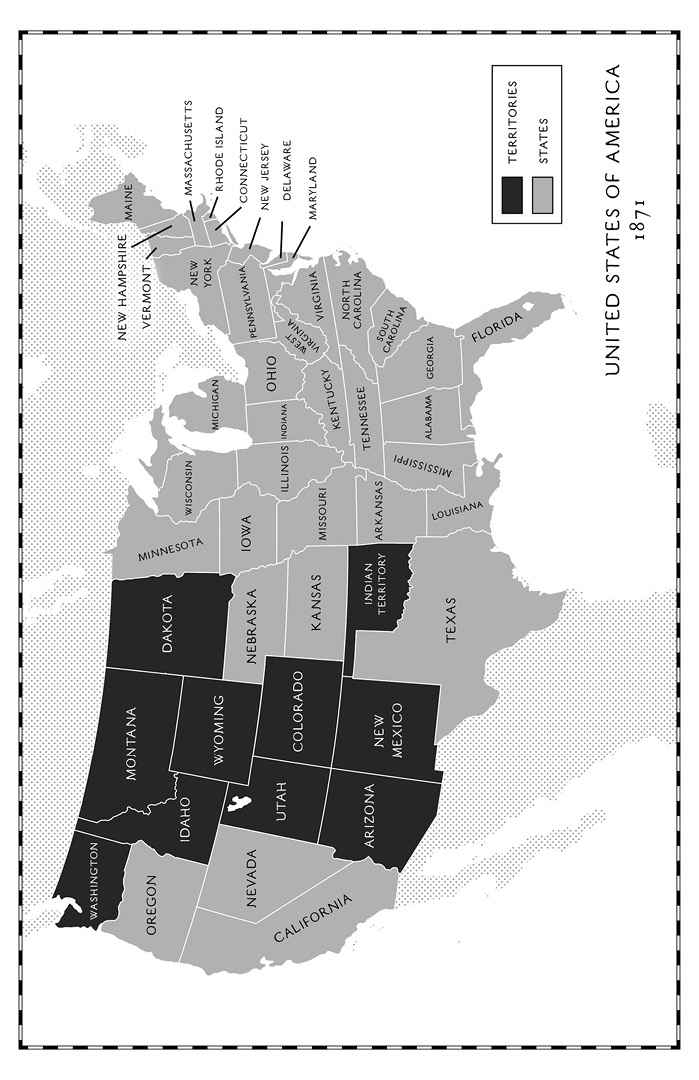
Introduction
Three Nation State Projects and Three Unlikely Leaders
T he election of Abraham Lincoln as president of the United States of America was the opening salvo that launched three nation state projects on the North American continent. Lincolns November 1860 victory brought the new Republican Party a party exclusively of the North to power in the American Republic. For political leaders in the South, Lincolns election amounted to a revolution that threatened the survival of their slavery-based economic and social system.
Within a few months, seven states in the Deep South seceded, thus initiating the new nation state of the Confederate States of America and triggering the bloodiest war in the history of the continent.
North of the two warring republics, the political leaders of the British North American colonies were compelled by the continental crisis to launch their own nation state project. That project sought to unite populations that spoke English and French and that had carved out their homelands on the territories of native peoples.
Inward-looking conceptions of the Civil War fall far short of capturing how the conflict fits into the broader themes of mid-nineteenth-century Western history. The mid-nineteenth century was a great age of nationalism on both sides of the Atlantic. In 1848, a wave of revolutionary uprisings erupted across Europe, triggered by a republican upheaval in Paris that led to the overthrow of the Orlans monarchy of King Louis Philippe. The Revolution in France and those across the continent combined demands for political transformation typically centred on the goal of universal manhood suffrage with nationalism. Initially, in most places, the middle class and the working class were broadly united in their political aspirations. But the working class, inspired by trade union and socialist movements, struggled for economic and social reforms. This put workers in conflict with the members of the middle class whose reform goals were restricted to a liberal political agenda.
The 1848 revolutionary risings were followed by a year of reaction, during which the radical gains of the previous year were mostly reversed. In Germany, Austria, and Eastern Europe, liberal nationalist assemblies and regimes were driven from power by conservatives who were intent on halting the advance of political democracy.
The promise of the 1848 European revolutions had an impact on politics and thinking across the Atlantic. Many saw the revolutions as an expression of the values of the American Revolution. However, not all political forces in the U.S. were positive about the developments across the Atlantic. Southern Democrats who spoke for the slave owners of the region were fearful about how the end of serfdom in Europe could affect their own social system.
During this distinct phase in the emergence of modern capitalism, many peoples attempted to erect their own sovereign nation states, with these attempts failing more often than they succeeded. One of those failures was the Confederate States of America.
A distinction needs to be made between national projects and nation state projects. Typically, national projects emerge over a long historical period, as particular peoples develop a consciousness of those characteristics that make them distinct from other peoples. Examples of national projects abound in the contemporary world: in Scotland, Catalonia, and Quebec, key groups in the population have drawn attention to the features that mark off their national communities. Distinctive language, literature, culture, history, dress, and unique symbols can all be components of these national projects that exist within the framework of a larger state. A nation state project, on the other hand, takes matters a step further. This is when leading elements in a nation, which exists within the framework of a larger state, undertake a political campaign to achieve secession and eventual sovereignty. In Scotland, Catalonia, and Quebec, movements exist whose goal is to convert their national projects into nation state projects. In the South, leading elements in the population had long honed a sense of the unique identity of their society. When the Southern states seceded from the United States and launched the Confederate States of America, they transformed a national project into a nation state project.





